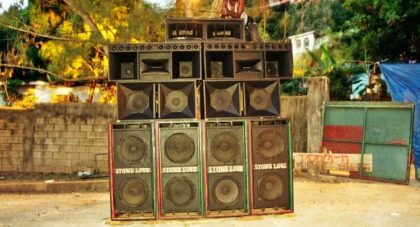Fifty-five years after the release of her career-defining debut, Boots, Light in the Attic present the second installment of their Nancy Sinatra Archival Series; a deluxe edition of the record featuring an interview with the singer, unreleased tracks and previously unseen photographs taken during the recording sessions . . .
Only the good shit. Aquarium Drunkard is powered by its patrons. Keep the servers humming and help us continue doing it by pledging your support.
To continue reading, become a member or log in.


